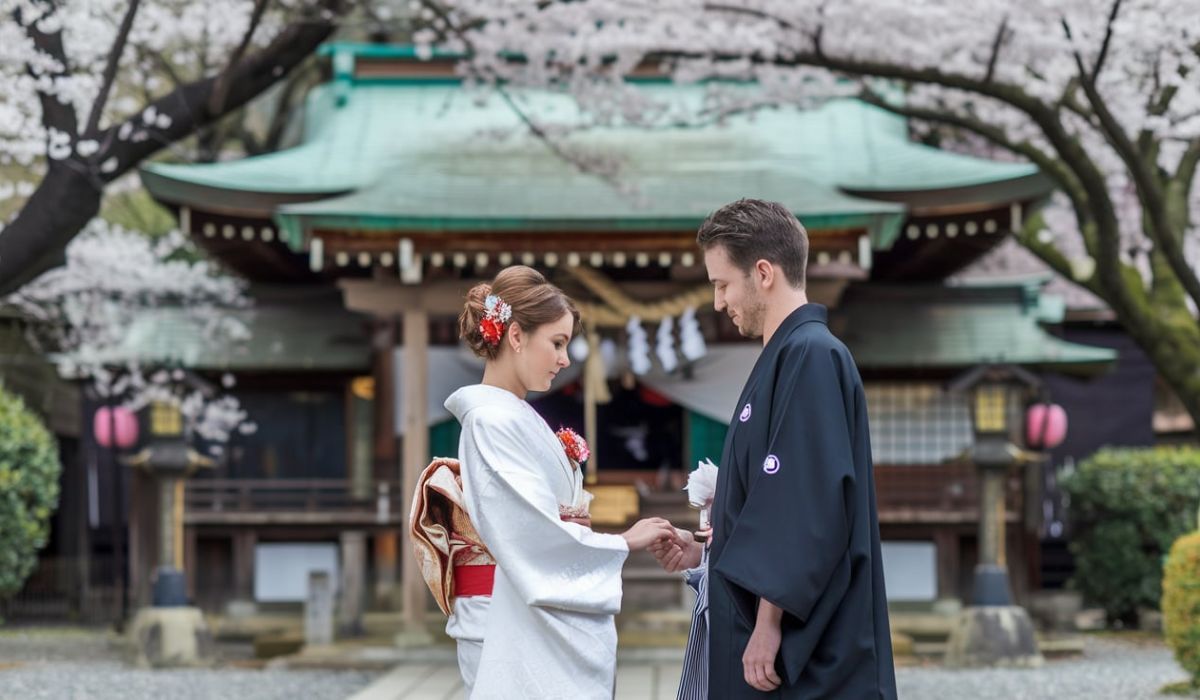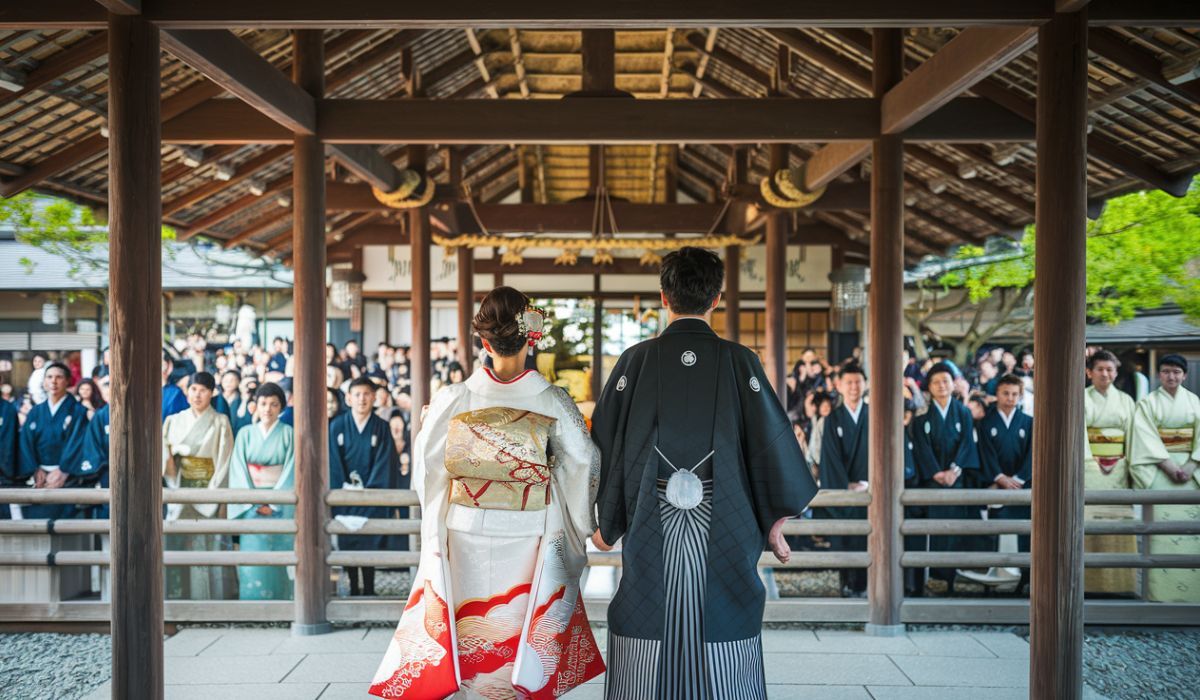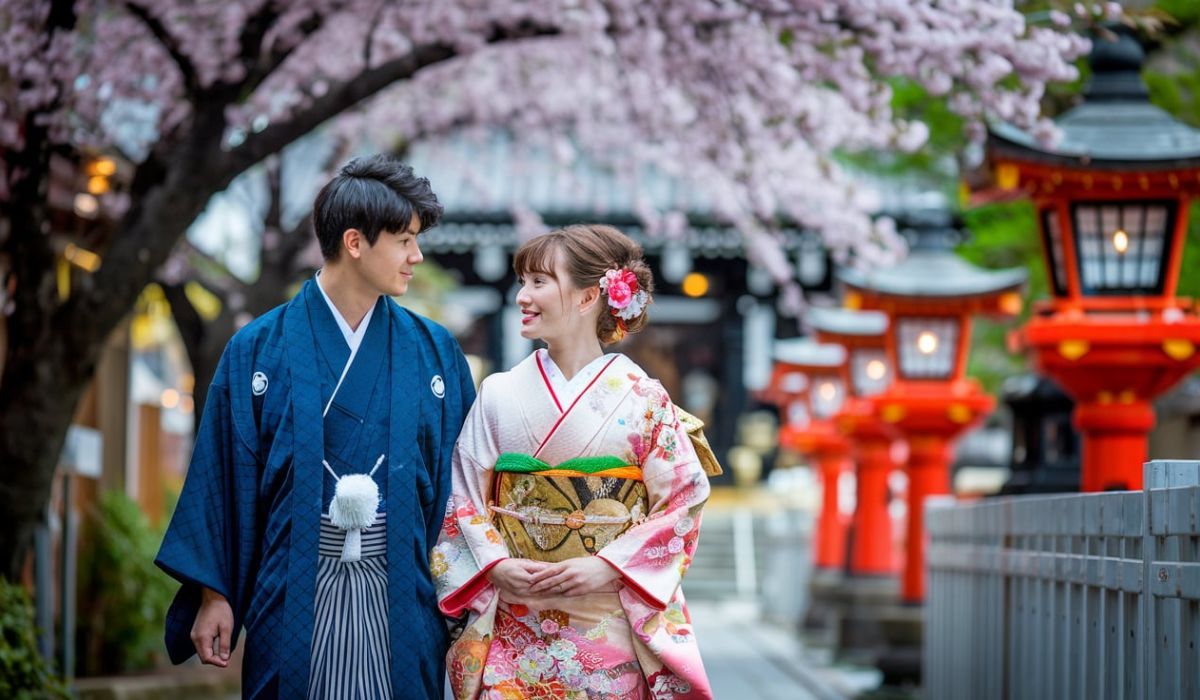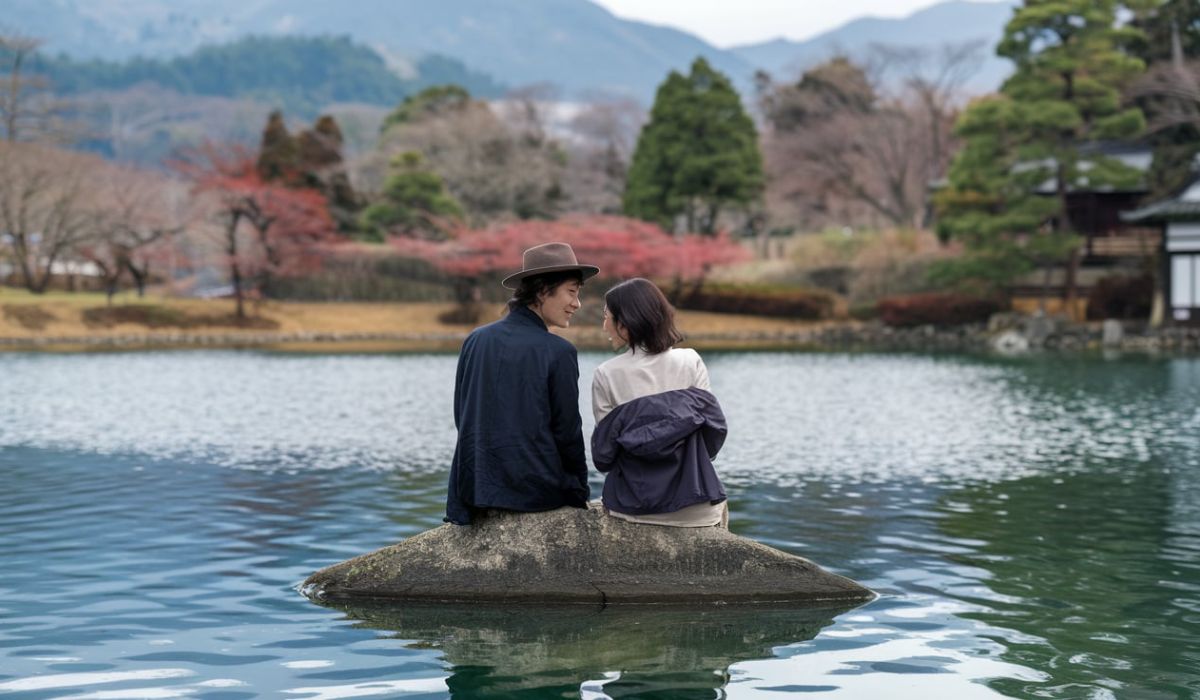Introduction
Love stories transcend cultures, offering a window into the emotional depths of people across the world. In Japan, love stories are more than just romantic tales—they are woven with centuries of tradition, shaped by societal values, and enriched with intricate details that make them uniquely captivating. From epic historical romances to modern-day love narratives, Japanese love stories explore passion, sacrifice, and destiny in ways that resonate with audiences worldwide.
But what makes a Japanese love story distinct? Why do these narratives continue to captivate hearts across generations? This article delves into the cultural, emotional, and symbolic elements that make Japanese love stories both universal and uniquely profound.
The Essence of Japanese Love Stories

Japanese love stories stand out due to their subtle, poetic expressions of affection. Unlike Western romances that often emphasize passion and grand gestures, Japanese love stories cherish quiet moments, emotional depth, and unwavering devotion. Love is frequently portrayed as a powerful force that can withstand societal expectations, time, and even death.
These narratives blend traditional values with modern themes, reflecting the evolving nature of romance in Japan. Whether in literature, film, anime, or manga, love is depicted as a delicate yet profound experience, often bound by duty, perseverance, and destiny.
Tradition and Romance in Japanese Culture
Historically, marriage in Japan was based on family alliances rather than love. Yet, romantic love found its way into literature and folklore, reflecting the timeless human yearning for connection.
The Tale of Genji – A Literary Masterpiece
One of the earliest and most famous Japanese love stories is The Tale of Genji, written by Murasaki Shikibu in the 11th century. This classical work, often considered the world’s first novel, explores the romantic life of a nobleman and the complex relationships he navigates. Themes of unrequited love, fleeting beauty, and the impermanence of life are central to the story, embodying the aesthetic concept of mono no aware—a deep appreciation for the transient nature of life and love.
Even as modern relationships have evolved, traditional values continue to influence romantic narratives in Japan, making love stories deeply reflective of cultural identity.
Famous Historical Japanese Love Stories
Japanese history is filled with poignant love stories that have left a lasting cultural impact. Here are some of the most renowned:
Princess Kaguya – The Unattainable Love
One of Japan’s oldest love stories comes from The Tale of the Bamboo Cutter. Princess Kaguya, a celestial maiden, is discovered inside a glowing bamboo stalk. She captivates numerous suitors, yet remains unattainable, ultimately returning to the moon. This story symbolizes love that transcends the earthly realm, illustrating themes of longing and destiny.
Yoshitsune and Shizuka – Love and Loyalty
The love between the legendary warrior Minamoto no Yoshitsune and the court dancer Shizuka Gozen is another iconic tale. Despite the hardships they faced, Shizuka’s unwavering loyalty and devotion to Yoshitsune exemplify the themes of sacrifice and eternal love, common in Japanese storytelling.
Modern Love in Japan: Changing Narratives

As Japan has modernized, so have its love stories. Contemporary narratives explore themes such as long-distance love, technology’s role in relationships, and the challenges of balancing career and romance.
Love in Anime and Film
Modern Japanese love stories often depict love as both magical and melancholic. Films like Your Name (Kimi no Na Wa) and 5 Centimeters Per Second explore themes of separation, destiny, and emotional connection in an increasingly fast-paced world. These stories reflect the universal struggles of love in contemporary society, resonating with audiences worldwide.
Symbolism in Japanese Love Stories
Japanese love stories often incorporate cultural symbols that add layers of meaning:
Cherry Blossoms (Sakura)
Cherry blossoms symbolize the fleeting nature of life and love, embodying the beauty of momentary connections.
Cranes
Cranes represent longevity and fidelity, as they are believed to mate for life. This symbolism frequently appears in love stories as a representation of enduring devotion.
The Art of Silence
In Japanese culture, love is often expressed through unspoken gestures rather than words. A quiet glance, a shared umbrella in the rain, or a simple act of kindness can hold profound romantic significance. This subtlety creates deeply intimate and emotionally rich narratives.
The Role of Family in Japanese Romance

Family plays a significant role in Japanese love stories. Traditional values emphasize familial approval, and many love stories explore the tension between personal desire and duty.
Whether in classical literature or modern dramas, protagonists often struggle with societal expectations, making their love stories even more compelling and emotionally charged.
Global Influence of Japanese Love Stories
Japanese love stories have inspired filmmakers, writers, and artists around the world. Themes of longing, time, and emotional depth have influenced global cinema, literature, and even Western romance storytelling.
Movies like Memoirs of a Geisha and adaptations of Japanese novels have introduced international audiences to the unique beauty of Japanese romantic storytelling.
Conclusion: The Timeless Appeal of Japanese Love Stories
Japanese love stories offer timeless lessons about love, loss, and the human experience. They remind us that love is often complex, subtle, and bittersweet—yet it remains one of the most profound forces in our lives.
By exploring the rich tradition of Japanese storytelling, we gain a deeper appreciation of love’s many forms, from historical epics to modern-day romances that continue to touch hearts worldwide.
FAQs about Japanese Love Stories
1. What are some famous Japanese love stories?
Notable love stories include The Tale of Genji, Princess Kaguya, and the love between Yoshitsune and Shizuka.
2. How is love expressed in Japanese storytelling?
Love is often expressed subtly through gestures, silence, and emotional depth rather than dramatic declarations.
3. What role does nature play in Japanese love stories?
Nature serves as a powerful metaphor for love, with elements like cherry blossoms and seasonal changes symbolizing the fleeting and evolving nature of relationships.
4. How has anime influenced modern Japanese love stories?
Anime and manga have expanded the reach of Japanese love stories, exploring diverse romantic themes and emotional depth in ways that captivate global audiences.
5. Why are Japanese love stories popular worldwide?
Their universal themes of longing, devotion, and the passage of time resonate with people across cultures, making them deeply relatable and emotionally powerful.
For More Visit, Thecelebrities








